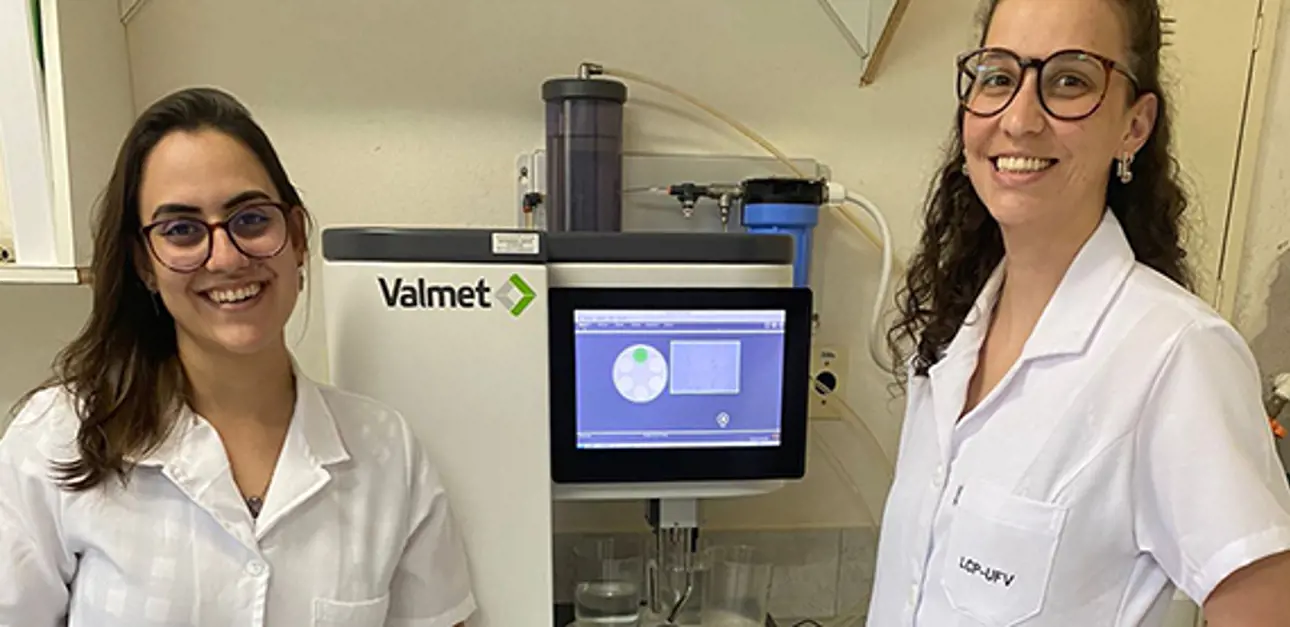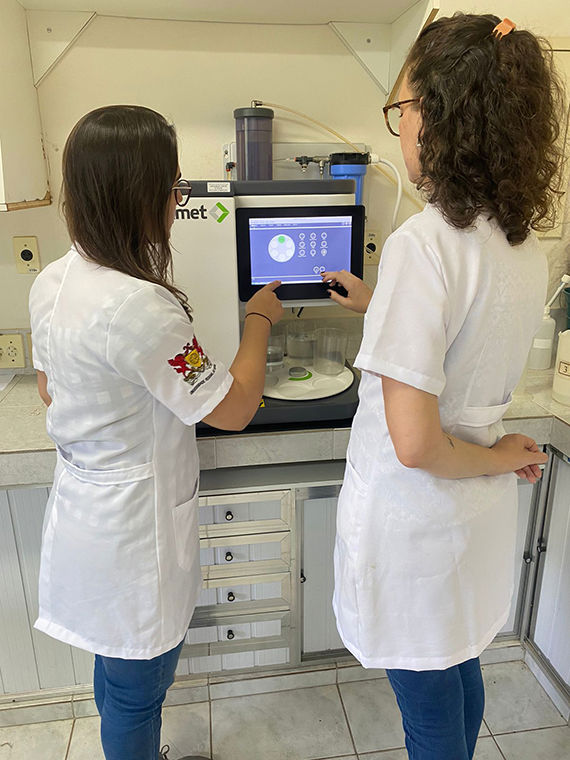Fast fiber morphology analysis enables UFV to develop new technologies
The Pulp and Paper Laboratory at the Federal University of Vicosa (UFV) in Brazil has laboratory facilities that make it possible to carry out main tests and analyzes of cellulose and paper, as well as the laboratory scale production of these products. The laboratory wanted to increase the analysis range with a practical, modern, and technologically advanced solution. To ensure fast and easy fiber analysis, the university decided to purchase a Valmet Fiber Image Analyzer (Valmet FS5) with ultra-high definition technology.

“We needed a solution that would help to facilitate our research projects and would allow us to improve the services offered by the laboratory. There was also a demand to perform the morphological analyses of fibrous material more effectively, with less pressure on time and reagents, and with the delivery of reliable results. We selected Valmet Fiber Image Analyzer to be able to quickly achieve very reliable results that would otherwise be obtained more slowly and at greater expense,” says Ana Márcia M. Ladeira Carvalho, Professor at UFV.
The university is always seeking to develop new technologies and to generate data that may be beneficial to the national pulp and paper industry, and knowledge about pulp fiber morphology might introduce relevant and important information about the materials.
Morphological analysis of fibers with Valmet Fiber Image Analyzer
Previously, an optical microscope was used in the laboratory to perform morphological analyses, whereby about 100 fiber units were measured and evaluated, and the material had to go through a process of staining and meticulous slide preparation. One of the biggest challenges was also to ensure a representative sample of the analyzed materials. With the demands of students carrying out research projects, and of the companies to which the laboratory provides services, the amount of material to be analyzed and time required to deliver measurements were considerable.

Researchers Julia de Cristo Figueiredo and Maria Tereza Angeletti Nunes using the Valmet Fiber Image Analyzer.
The new analyzer allows students and researchers to acquire data that is crucial for the research. Researchers Julia de Cristo Figueiredo and Maria Tereza Angeletti Nunes explain how the new analyzer supports their daily analysis work:
“Valmet was the best option available on the market for the morphological analysis of fibers, delivering high quality and reliable results with easy sample preparation. The equipment can evaluate tens of thousands of fibers from a single sample with measurements based on a highly sensitive training pattern created by a neural-network-based “Teachtool”. These methods produce reliable results consistent with the actual composition of the material promptly. Also, the possibility to train the equipment to perform analyses on materials of different origins broadens the research possibilities.”
Close collaboration between experts
In addition to fast commissioning and basic user training, Valmet’s team shared their knowledge and expertise on measurements and the results with the customer. Through close collaboration, Valmet’s and the university’s teams were able to understand more what kind of results are available and how to make the most out of them. By utilizing the remote connection to the analyzer, Valmet has been able to support the university efficiently and effectively.
“Valmet provided training on the correct use of the equipment, and their team was always available to answer any questions that we might have, as well as ensuring regular maintenance of the equipment,” says Luciano Sabioni, Forestry Engineer, LCP Higher Level Technician, who started-up the new analyzer with Valmet’s support.
The use of Valmet FS5 has allowed the Pulp and Paper Laboratory to expand the number of services they offer, and to facilitate and strengthen their relationship with the companies in the industry. Acquiring the equipment has also made the laboratory more visible with one of the few existing units in Latin America, as well as the only one installed in a research laboratory at a Federal University.
Related articles



